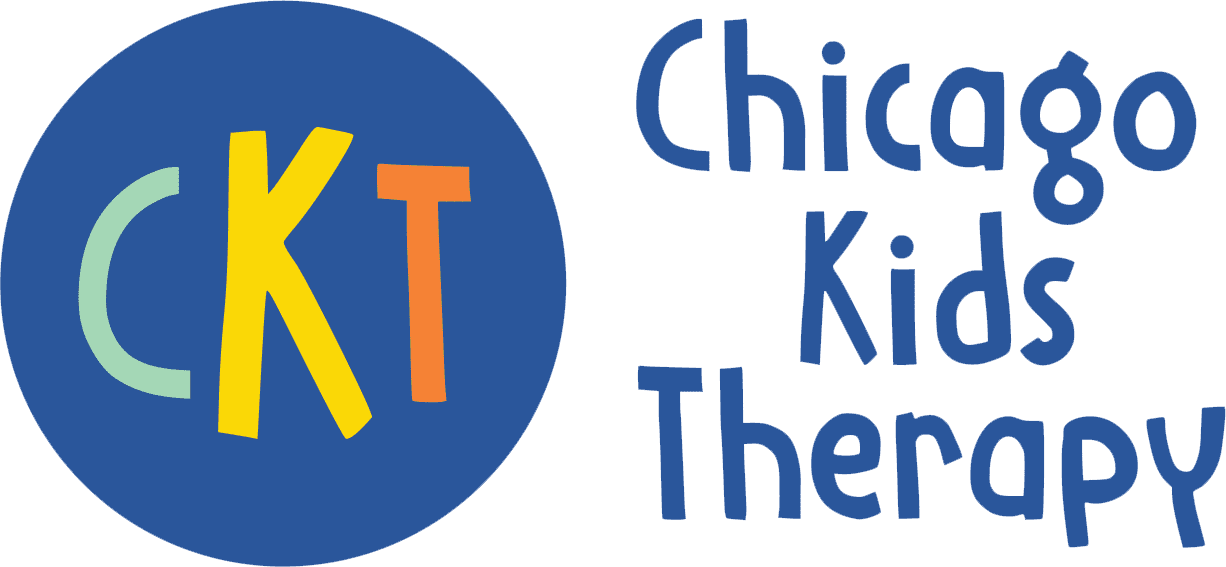When a child is receiving speech therapy, they can sometimes also benefit from receiving physical therapy to support speech goals. Physical therapy can help support speech therapy through various ways. In addition to collaborating with therapists, a physical therapist can work on improving muscle strength and endurance, motor planning, and body awareness.

Areas Physical Therapy Addresses that Support Speech
Muscle Strength and Endurance
Muscle strength is the foundation of children’s abilities. They need to have adequate strength in order to complete activities such as running, jumping, and ball play, among others! By improving muscle strength, children can improve in their play skills and overall ability to participate with their peers and adults. With improved endurance to participate in peer interactions and physical activities, children will be able to maintain sustained energy and effort for an extended period of time.
- Postural control is an important attribute to improve as it allows the child to participate in activities while maintaining a healthy spine. Improving postural strength and endurance allows children to participate in sitting and standing with others!
- It is also important to improve posture and core strength to assist with speech production and swallowing.
- Improving endurance allows the child to be able to play and explore their environment independently for extended periods of time.
- Incorporating movement breaks also assists with mental clarity throughout the session.
- Oftentimes, gains in gross motor skills are seen at the same time as gains in speech production!
Motor Planning
Motor planning is the ability to sequence tasks to make movements happen. By helping children improve motor planning, physical therapists can not only help them improve their gross motor skills, but also support speech therapy!
- Improving motor planning helps to coordinate actions with words
- Motor planning assists with fluency and helps children make a plan and put it into words!
Body Awareness
Body awareness is the ability to know where our bodies are in space and how they are moving.
- Improving body awareness allows the child to be able to name the appropriate parts of the body and recognize their location and action
- It also allows them to have better control of their tongue, jaw, and mouth movements as they are more aware of where these body parts are in space.
If your child displays any of the following, consider reaching out for a physical therapy evaluation!
-frequent W sitting
-toe walking gait pattern
-difficulty negotiating stairs with decreased safety awareness
-difficulty with catching, throwing, and kicking a ball
-frequent falls and/or tripping
-slouched posture when seated
-low tone (floppy movements)
-increased fatigue
-decreased desire for active movements
